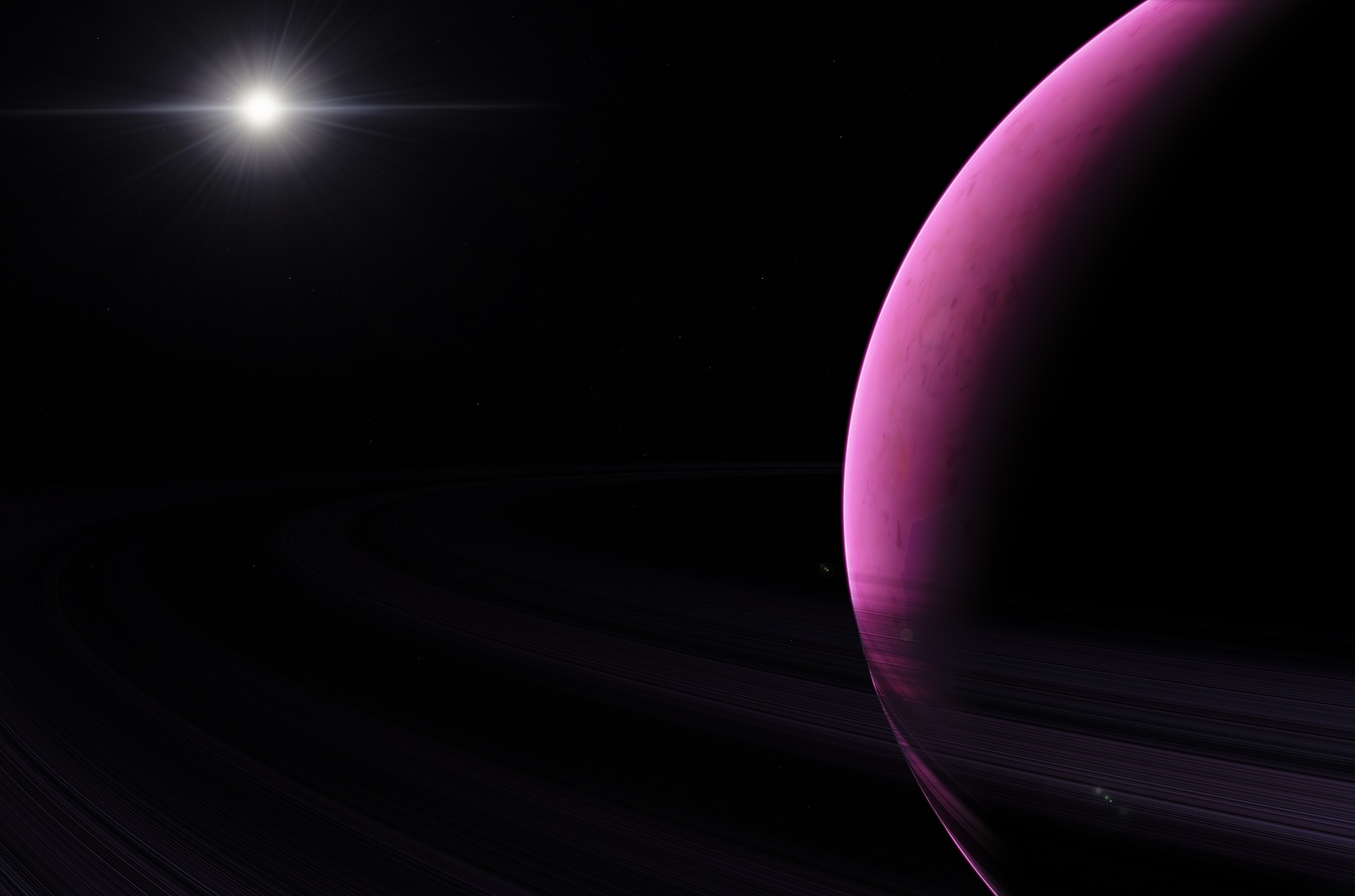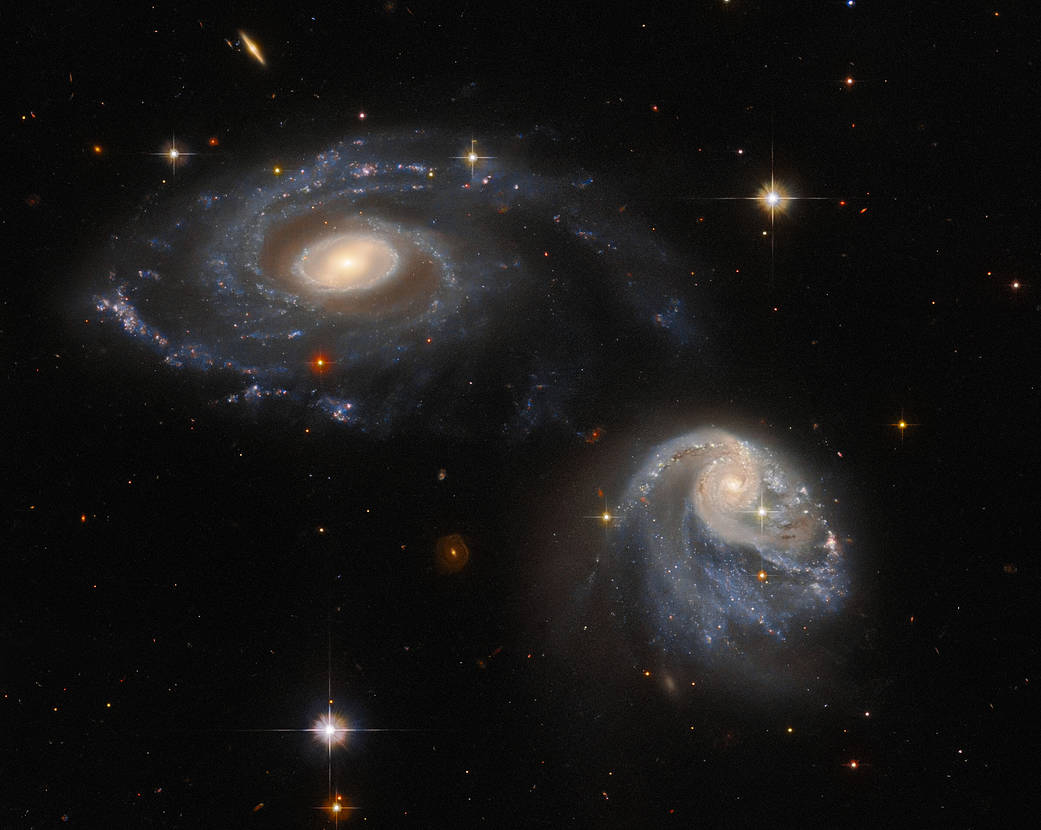Astronomers say they found a second candidate of exomoon

Researchers have claimed that they have found the second candidate of exomoon, which orbits a planet circling a sun-like star about 5.7k light-years from the earth. In Nature Astronomy on 13 January, they have reported about the finding of the exomoon.
The team of astronomers has said that the satellite named Dubbed Kepler 1708 b i, has a radius about 2.6 times that of Earth, and circles a Jupiter-sized exoplanet that orbits its parent star about once every two Earth years. The sun-like star lies about 5.7k light-years from the earth.
In order to find the exomoon, the team had sorted through a database of more than 4 thousand exoplanets. Those exoplanets were detected by NASA’s Kepler space telescope, which is already retired.
The team focused on a subset of 70 exoplanets as large planets orbiting far from their parent star are more likely to have moons large enough to be detected,
According to the researchers, each of these planets is between half and twice the size of Jupiter. They all either take more than 400 Earth days to orbit their star or have an estimated average surface temperature less than 300 kelvins (around 27° Celsius), slightly higher than that of Earth.
The team of astronomers identified a strong candidate for an exomoon only after further screening, including tossing out exoplanets that don’t have near-circular orbits, and they are statistically less likely to host moons. Like its host planet, the study reads, it caused detectable dimming of the parent star’s light when moving across the face of the star.
Although the discovery of the first possible exomoon, dubbed Kepler 1625 b, is a historical achievement in cosmic research, it has faced a lot of skepticism criticism. The team also notes that both proposed exomoons need to be confirmed by further observations by other instruments, such as the recently launched James Webb Space Telescope.
The researchers, some of the same researchers who had found the first purported exomoon, say, because of their orbital distances, the newly found exomoon candidate and its planet won’t pass in front of their parent star again until 24 March, 2023. So, there seems no other option for their further studies than waiting till the date.
Auto Amazon Links: No products found.


